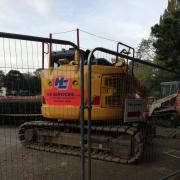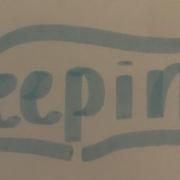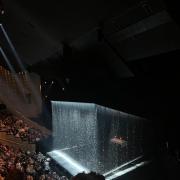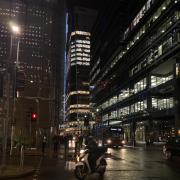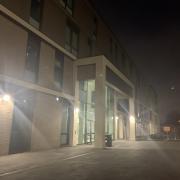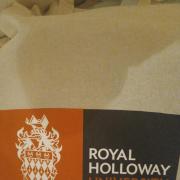
Lessons from Auschwitz
LFA (lessons from Auschwitz) is an organisation which engages young people, from all over England, in learning more about the holocaust and modern genocide. The LFA organisation is part of the Holocaust Educational Trust or HET; since 1999 40,000 students, and teachers, have taken part in the HET’s groundbreaking “Lessons from Auschwitz” Project. Last week myself and 3 others from Esher College, became part of this astounding opportunity of a day trip - organised by LFA- to Oświęcim. The town in Poland where both Auschwitz 1 and Auschwitz 2 birkenau are based.
Before our trip we met the 200 other students and teachers who would be joining us on this emotional experience, this was based at an LFA’s conference in London. The day consisted of; getting to know our individual groups and highly knowledgeable team leaders, discovering how much knowledge we really had about the holocaust, preparing for how we might struggle with witnessing a death camp and amazingly hear an Auschwitz survivor speak. Zigi Shipper, who is 93 on the 18th of Jan, was an inspiration his story is haunting yet as expected an incredibly brave one- it can be found on the HET website: https://www.het.org.uk/survivors-zigi-shipper.
Our Day began at a 2:30 start, one which was raining the entire day, we all accumulated at the end that this impacted hugely on how we saw the victim’s conditions- that our complaints of being damp had no match to what they would experience. We rushed to Gatwick on what was almost a LFA booked up plane. After landing and driving an hour from Krakow airport we reached the town of Oświęcim. In our groups we split up in the town centre and were given pictures of our surroundings yet from 1941-45, it was in insight of how it had changed and developed from the holocaust. We were given pictures of Jewish people being driven out of their homes and dragged through the town centre- where we were standing. This was important for us to see before we went into Auschwitz to give us a sense of reality that ultimately when entering a concentration camp is lost, seeing this made It easier to see each victim as an individual. To articulate that all of these faces shown to us once we got to Auschwitz, had lives before this atrocity. After we left the town square it was a 5 minute drive into what looked like an average road with multiple shops and restaurants, however to its right stood the infamous death camp we had come to see- Auschwitz 1.
Auschwitz 1 was previously a WW1 German military quarters, so the area had trees and a pavement which created such an un-miss able poignancy; that this prison felt like a cold movie set, with no birds and such a piercing silence. We were given a guided tour and saw some of the upsetting artefacts left behind or stole from the victims of Auschwitz, including: shoe, hair, pots & pans, shoes and suitcases. We than drove nearby to the daunting famous entrance to Birkenau. To walk along the rail tracks which lead so many people to their painful deaths was a complete eye opener, the question was raised of who can we label as a perpetrator? The SS, Hitler or the person who drove the train to Auschwitz or the person who sold the train ticket? To stand where they slept cramped next to each other surrounded by infection, to feel the cold seep through the wooden huts. While there we also had a speech by a Rabbi who came on the trip, one that inspired us, he talked of retaining faith and dignity even at the hardest times, something which many victims had the bravery to do.
An extended version of this article will be available on a yet to be confirmed website outlining our visit
Romy Fitzparick











